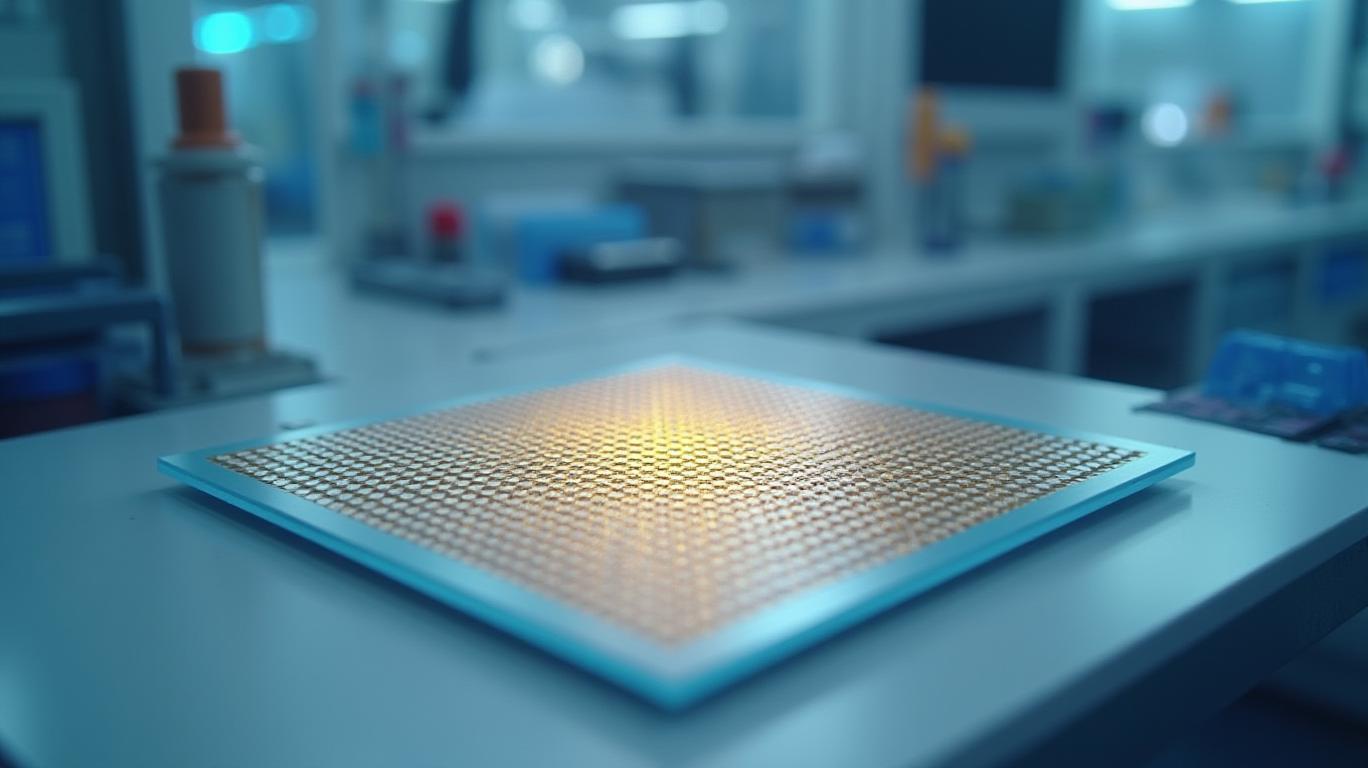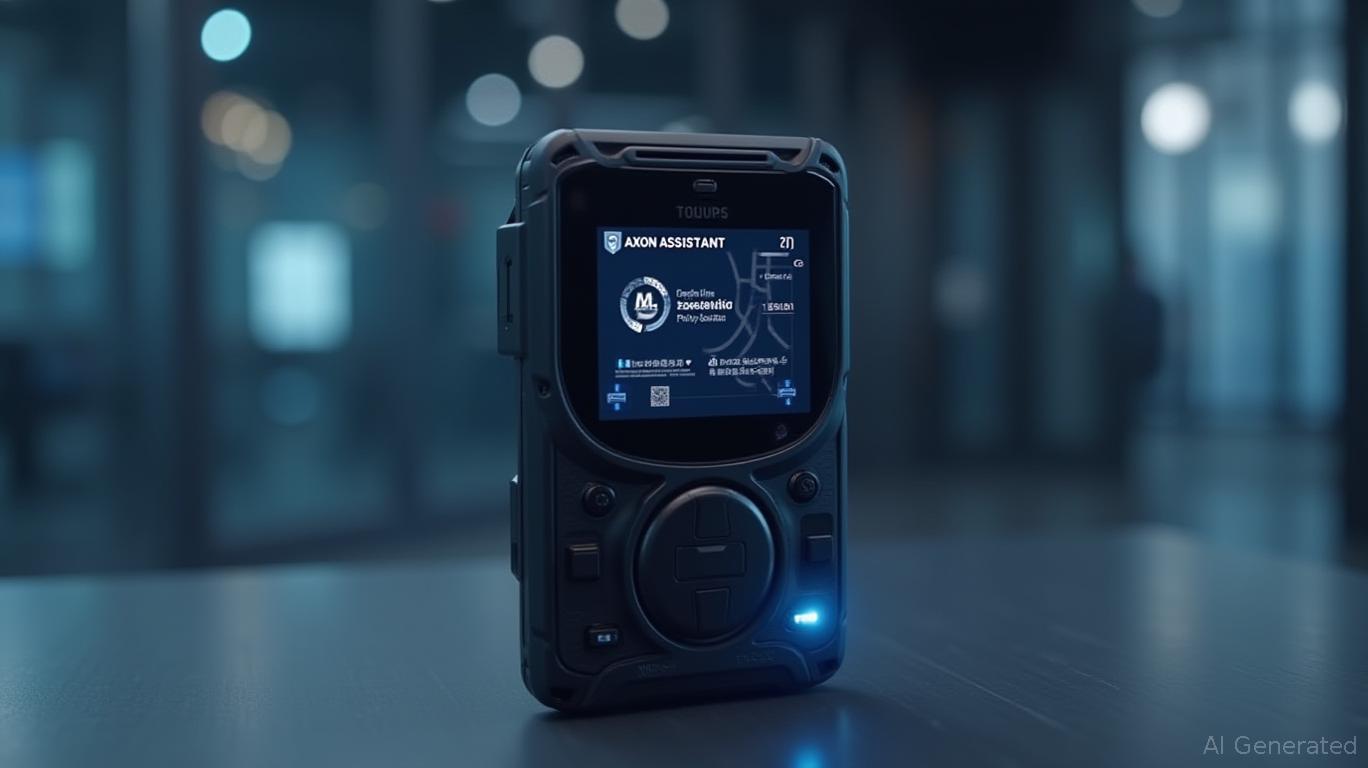AXT Inc. Seeks Turnaround in Q2 2025: Can Margin Recovery and Revenue Growth Materialize?
AXT, Inc. (NASDAQ: AXTI) has entered a critical phase in its 2025 fiscal year, facing steep operational challenges after reporting a dismal first-quarter performance. With a strategic pivot to prioritize execution over aggressive scaling, the company aims to reverse its declining revenue and negative gross margins in Q2 2025. This article examines AXT’s path to recovery, the risks it faces, and whether investors should bet on its long-term potential.

The Q1 2025 Downturn: Causes and Consequences
AXT’s Q1 2025 revenue plummeted to $19.4 million, a 22.7% sequential decline from Q4 2024 and a 14.5% year-over-year drop. The margin collapse was even starker: GAAP gross margin turned negative (-6.4%), a stark contrast to the 17.6% margin in Q4 2024. Non-GAAP margins also fell into the red (-6.1%), driven by three key issues:
1. Indium phosphide sales slump: A 58% quarterly drop due to Chinese export restrictions, which disrupted supply chains and delayed sales.
2. Gallium arsenide yield problems: Aggressive production scaling led to operational inefficiencies, reducing yields and inflating costs.
3. Under-absorbed overhead: Lower-than-expected sales volumes forced the company to absorb fixed costs across fewer units.
The net result? A widening net loss of $8.8 million, or $0.20 per share, versus a $5.1 million loss in the prior quarter.
The Recovery Plan: Operational Adjustments and Strategic Shifts
CEO Morris Young has outlined a clear path to recovery, emphasizing execution over expansion:
- Gallium arsenide yield improvements: Management is now prioritizing disciplined scaling, with manufacturing leadership focused on resolving production bottlenecks. These efforts aim to stabilize margins and support the $10% gross margin target for Q2 2025.
- Indium phosphide sales rebound: AXT has submitted export permit applications to China’s authorities and expects approvals by mid-June. This would enable a resumption of sales, potentially driving revenue back toward $20–22 million in Q2.
- STAR Market listing progress: The subsidiary Tongmei’s pending IPO on China’s STAR Market remains a potential capital source to bolster liquidity and fund long-term growth initiatives.
Market Opportunities Fueling Long-Term Potential
Despite near-term headwinds, AXT operates in high-growth semiconductor segments:
1. Data center connectivity: Indium phosphide substrates are critical for high-speed optical interconnects and silicon photonics, which are integral to AI infrastructure.
2. Autonomous driving (LiDAR): Gallium arsenide substrates enable LiDAR sensors, a booming market expected to reach $5.6 billion by 2030, per Yole Développement.
3. Wireless infrastructure: Gallium arsenide substrates for HBT devices in 5G and next-gen networks remain a core competency for AXT.
Risks and Challenges Ahead
- Geopolitical uncertainties: U.S.-China trade tensions, tariffs on shipments, and delays in permit approvals could prolong margin pressures.
- Execution risks: Yield improvements and permit approvals are critical to achieving Q2 targets. A misstep could further strain liquidity, as cash reserves have dipped to $33.8 million as of December 2024.
- Competitive dynamics: Rival materials and suppliers (e.g., Germanium substrates) could erode AXT’s market share if not managed proactively.
Conclusion: A High-Reward, High-Risk Gamble
AXT’s Q2 2025 guidance hinges on resolving operational and geopolitical challenges, with a $10% gross margin target and revenue rebound to $20–22 million critical to rebuilding investor confidence. Analysts remain optimistic, projecting a $4.75 price target (252% upside from current levels), though risks are significant.
Investors should monitor two key metrics:
1. Q2 gross margin performance: A sustained move toward 10% would validate management’s turnaround strategy.
2. Indium phosphide sales recovery: Permit approvals and revenue growth in Q2 will be pivotal to reversing the company’s recent trajectory.
While AXT’s long-term prospects in data center, autonomous driving, and wireless markets are compelling, short-term execution is the make-or-break factor. For now, the stock remains a high-risk, high-reward bet for investors willing to gamble on a semiconductor underdog’s comeback.


_442a2dcc1749832873286.jpeg)
_e68fac6d1749831664430.jpeg)






